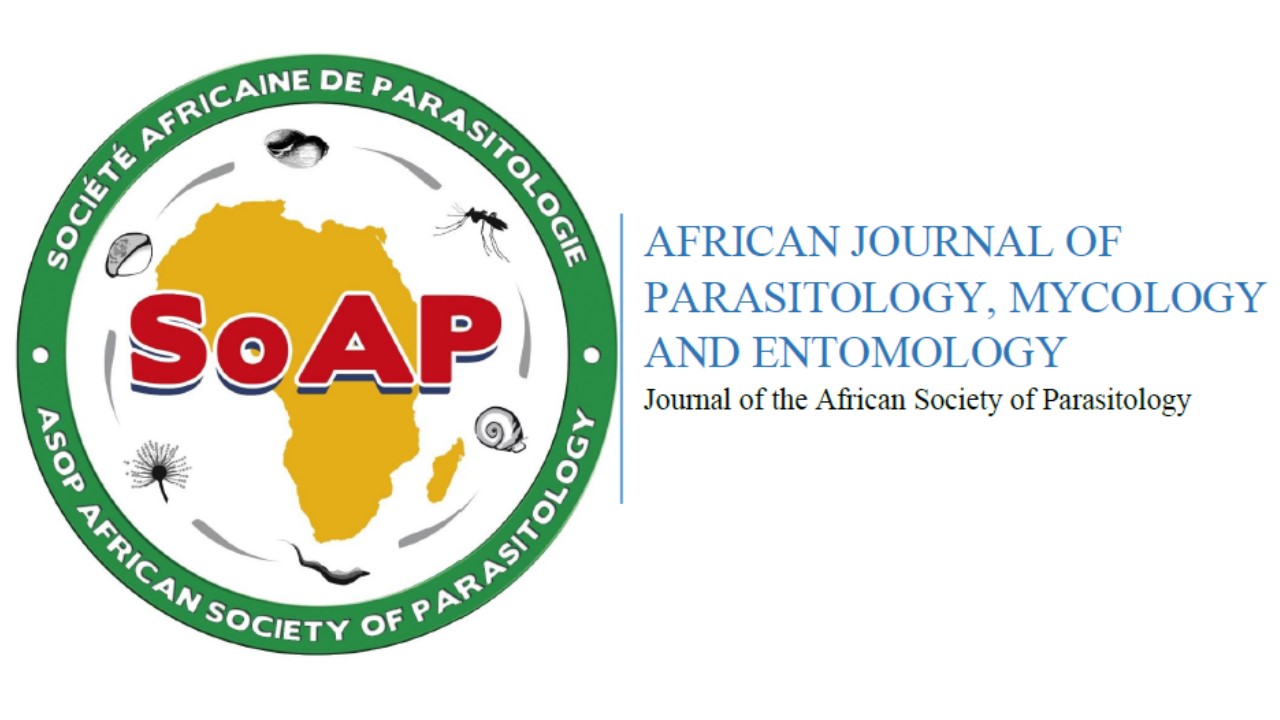In Vitro Susceptibility of Candida spp. Isolates to Antifungals from Patients at Charles Mérieux Infectious Disease Centre (CICM) in Bamako, Mali
1 Parasites and Microbes Research and Training Center, Faculty of Medicine and Odonto-Stomatology, University of Sciences, Technics and Technologies, Bamako BP1805, Mali
2 Centre d’Infectiologie Charles Mérieux, Bamako BPE2283, Mali
3 Aix-Marseille Université, Faculté des Sciences Médicales et Paramédicales, SSA, RITMES, 13005 Marseille, France
4 Corresponding author: ; Tel.: +223-76-10-52-89 or +223-66740961
* Author to whom correspondence should be addressed.
Received: 8 Nov 2024 / Accepted: 27 May 2025 / Published: 18 Jun 2025
Abstract
Background: The decision to treat infections due to Candida spp. should be based on the susceptibility of Candida isolates. The resistance of Candida spp. to antifungals is increasing with the use of empirical or repeated treatments. In Mali, there are few data on Candida species distribution and in vitro susceptibility to antifungals. We aim to describe the distribution and in vitro susceptibility of Candida isolates. Methods: A retrospective and prospective study was conducted from 1 January 2009 to 31 December 2019. A total of 1224 samples from inpatients and outpatients, including both males and females, were collected. The identification of the Candida species and in vitro antifungal susceptibility were performed using VITEK-2 (AST-YSO8 cards, bioMérieux). Results: In total, 1175 (95.9%) samples tested positive for Candida spp.; 54.33% were from community health care centers; 89% were female; 85% of the Candida spp. were isolated from vaginal discharge and 10.40% were isolated from pus; and the most common species were Candida albicans (68%), Candida glabrata (11%), and Candida tropicalis (6%). Fluconazole was the most potent antifungal, with 99.81% susceptibility to all Candida isolates. Susceptibility to flucytosine was 98% for C. albicans, 100% for C. glabrata, 97% for C. tropicalis, and 36.96% for C. krusei. Susceptibility to amphotericin B was 96% for C. albicans, 97% for C. glabrata, 100% for C. tropicalis, and 81% for C. krusei. Conclusions: C. albicans and C. glabrata were common and susceptible to the antifungals tested. C. krusei and C. rugosa were the most resistant. Systematic antifungal in vitro susceptibility tests before the treatment of candidiasis infections should be reinforced in health care facilities in Mali.
Keywords: spp.; antifungals; susceptibility; VITEK-2; Bamako; Mali
OPEN ACCESS
This is an open access article distributed under the Creative Commons Attribution
License which permits unrestricted use, distribution, and reproduction in any medium,
provided the original work is properly cited. (CC BY 4.0).
CITE
Kone, A.K.; Timbine, L.G.; Diallo, M.H.; Niare-Doumbo, S.; Soumare, I.; Ranque, S.; Kouriba, B.; Thera, M.A. In Vitro Susceptibility of Candida spp. Isolates to Antifungals from Patients at Charles Mérieux Infectious Disease Centre (CICM) in Bamako, Mali. ajpme 2025, 3, 1.
Kone AK, Timbine LG, Diallo MH, Niare-Doumbo S, Soumare I, Ranque S, Kouriba B, Thera MA. In Vitro Susceptibility of Candida spp. Isolates to Antifungals from Patients at Charles Mérieux Infectious Disease Centre (CICM) in Bamako, Mali. African Journal of Parasitology, Mycology and Entomology. 2025; 3(1):1.
Kone, Abdoulaye K.; Timbine, Lassina G.; Diallo, Mohamed H.; Niare-Doumbo, Safiatou; Soumare, Issa; Ranque, Stephane; Kouriba, Bourema; Thera, Mahamadou A. 2025. "In Vitro Susceptibility of Candida spp. Isolates to Antifungals from Patients at Charles Mérieux Infectious Disease Centre (CICM) in Bamako, Mali." ajpme 3, no. 1: 1.
Not implemented
SHARE
